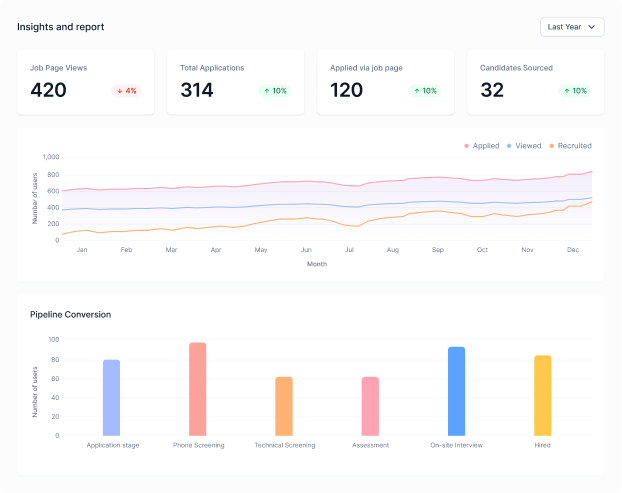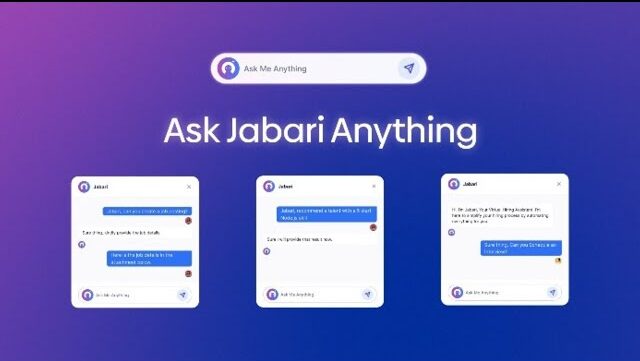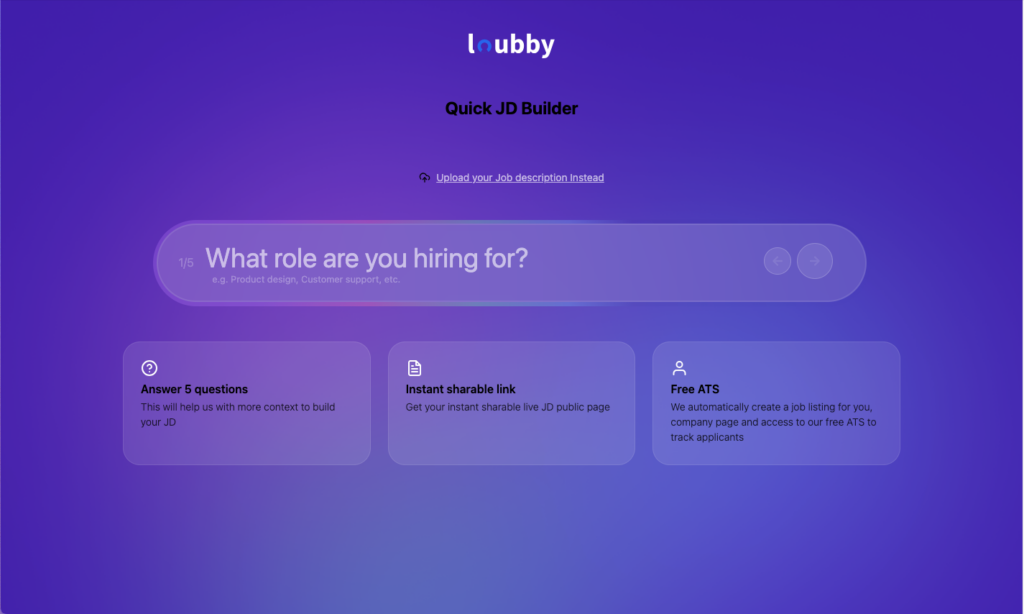When an employee decides to resign, it can throw many businesses off balance, especially when the team is remote. For business owners and HR managers, sudden resignations create uncertainty and stress. It becomes challenging to maintain a steady workflow, and important tasks may get left unfinished. If the resignation is not handled well, it can lower team morale, cause delays, and even put the company at risk by losing vital information. This is a problem that many growing businesses face, whether in Nigeria, the US, or anywhere else. Managing employee resignations requires a clear and thoughtful approach to keep the business running smoothly.
In this article, you will find practical offboarding practices that work well for remote teams. By following these guidelines, you can turn the challenge of an employee resignation into an opportunity to build stronger teams and keep your business steady.
What Triggers Resignations and Why Remote Resignations Feel Harder
Employees decide to leave for many reasons, and it is rarely about personal grudges. Often, people resign because they want to grow in their careers, relocate to a new city or country, feel burned out, or have poor communication with their managers. Sometimes, a better offer from another company pulls them away. These are normal parts of work life that every business has to face at some point.
When teams work remotely, it becomes harder to notice early signs of dissatisfaction. Unlike in an office where body language and daily conversations reveal a lot, remote work makes it easier for employees to disconnect quietly. This creates a bigger challenge for managers, who may only find out about a resignation at the last minute. That’s why having a clear offboarding process is important. It helps keep things organized and reduces surprises when someone leaves.
After the COVID-19 pandemic, resignation rates rose across many industries. This trend is visible in Nigeria, across Africa, and worldwide. Remote and hybrid work setups have changed how people think about their jobs and work-life balance. Because of this, businesses must adjust how they manage employee resignations and offboarding to keep pace with these changes. This means being ready to respond quickly and professionally to departures, no matter where the employee is based.
What a Solid Remote Offboarding Process Looks Like
A strong remote offboarding process is the foundation of a smooth transition when an employee leaves your team. This helps avoid confusion and protects your company from risks. Here are five important steps to follow.
1. Immediate acknowledgment and clarity
As soon as an employee submits their resignation, respond quickly and calmly. A clear and respectful message lets the employee know you have received their notice and are ready to support the next steps. This reduces uncertainty on both sides and keeps the process professional from the start.
2. Handover planning
Next, work with the employee to set clear timelines for their last day and define what tasks need to be completed before they leave. It is important to agree on how they will transfer knowledge and responsibilities. This might include documenting processes, training a colleague, or sharing important files. Having this plan in place ensures nothing is lost during the transition.
3. Revoking access securely
Part of offboarding involves making sure the employee no longer has access to company systems after their departure. Coordinate with your IT team to schedule access removal at the right time. This step protects sensitive information and helps avoid any security risks.
4. Conducting exit interviews remotely
Exit interviews give you valuable insight into why the employee is leaving and how your company can improve. When done remotely, prepare thoughtful questions and choose a comfortable setting for open conversation. Use what you learn to improve work conditions and reduce future resignations.
5. Thanking and releasing respectfully
Finally, express gratitude for the employee’s contributions and wish them well. Leaving on good terms keeps relationships positive. Avoid ghosting or rushing the process. A respectful farewell helps maintain your company’s reputation and can turn former employees into advocates.
What Can Go Wrong And How to Avoid It
When offboarding is handled poorly, problems quickly pile up. One common mistake is skipping proper documentation or handover. Without clear records or guidance from the departing employee, projects can stall, and team members may scramble to fill the gap. This causes delays that hurt the whole business.
Another danger is leaving former employees with too much access. If their passwords or permissions are not removed on time, company data and systems become vulnerable. This can lead to leaks or even sabotage. Protecting your digital space means acting fast to revoke access as part of your offboarding plan.
Ignoring a resignation can cause serious damage to your company’s reputation. When employees feel unheard or their departure is treated carelessly, they might share negative feedback publicly or take legal action. This is a risk no business wants to face, especially as word spreads quickly online.
Protecting Employer Brand Even After Resignations
Every time an employee leaves, it offers a chance to build your company’s reputation rather than weaken it. How you handle offboarding sends a message to your current team, future hires, and even the wider market. When the process is respectful and clear, it shows that your business values people, even when they move on.
Exit interviews play a key role here. They give you honest feedback that can improve your workplace. When you listen carefully and act on what you learn, former employees feel heard. This respect can turn them into positive voices for your brand. Instead of leaving with bad feelings, they may share good things about your company with others.
More companies are creating alumni networks, where former employees stay connected. These communities can become a source of referrals, advice, or even future hires. It is common now for businesses to rehire talented people who left on good terms. This approach saves time and money because those employees already understand the company culture.
Conclusion
Resignations happen in every business, but what really matters is how you handle them. A well-planned offboarding process can protect your company from unexpected problems, keep your team’s spirit high, and build trust both inside and outside the organization.
By taking clear steps and treating departing employees with respect, you create a smoother transition that benefits everyone. This approach helps you maintain a strong reputation and keeps your business ready for what’s next.
If you are building a remote team and want offboarding that is organized and stress-free, use Loubby AI’s all-in-one HR software. It is built to help manage talent across Africa and beyond, making your HR tasks easier from hiring and managing talents to offboarding seamlessly.







